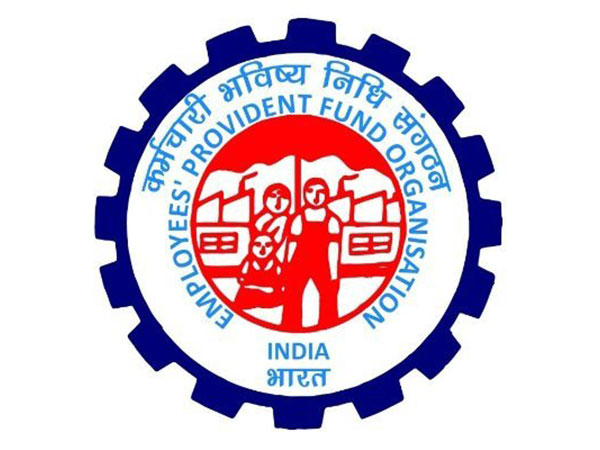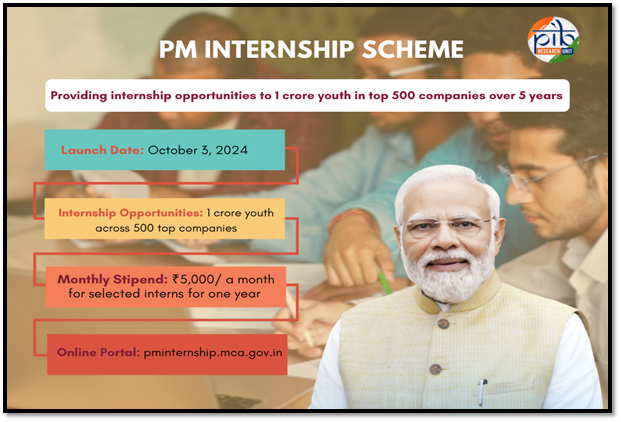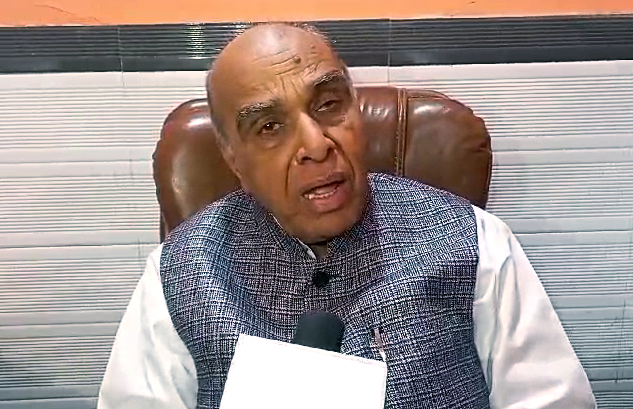As US President Donald Trump announced reciprocal tariffs on a wide range of countries, including India, industry experts suggested on Thursday that the impact on India’s export competitiveness to the US market may be less significant compared to its global peers.
The new tariffs, which are part of Trump’s efforts to realign global trade and manufacturing value chains, include a 27% tariff on Indian exports, in addition to the existing 10% baseline duties. Experts believe that while the tariffs will have an effect, India’s relative competitiveness remains strong.
Sanjay Nayar, President of Assocham, explained that India’s position within the tariff spectrum places it somewhere in the middle, which requires careful assessment for its actual impact. “Net-net, it appears India’s export competitiveness to the US market stands far less impacted on a relative basis. Yet, our industry should make concerted efforts to increase export efficiency and value addition to mitigate the impact of these tariffs,” Nayar said in a statement.
The tariff move is expected to prompt a shift in global trade dynamics, with many American trading partners, including countries in Asia, imposing reciprocal tariffs. This will likely reduce the overall benefits for any single nation, leading to increased prices for consumers and potential inflationary pressures.
Looking ahead, Nayar suggested that a quick preferential trade deal could be a viable path forward for India, especially given the strong relationship between President Trump and Prime Minister Narendra Modi. “While we wait and watch for global reactions, for India, the way forward could be a quick preferential trade deal. President Trump still respects the leadership of PM Narendra Modi,” he added. India Inc., according to Nayar, will work closely with the government on this matter.
Arsh Mogre, an economist at PL Capital Institutional Equities Research, characterized the US’s imposition of a 27% tariff on Indian exports as a strategic recalibration of trade dynamics, signaling a shift from multilateralism to bilateralism. He stated that this move was less about protectionism and more a high-stakes gambit in trade negotiations.
“The near-term impact on India’s $75–78 billion US-bound exports is non-trivial, but the disruption is sectorally uneven,” Mogre explained. He noted that India’s tariff advantage over Asian peers, particularly countries like Vietnam, Cambodia, and Thailand, will help mitigate the impact.
For sectors like textiles, footwear, and electronics, the tariff move might even improve India’s competitive position in a post-China+1 global sourcing environment, where countries like Vietnam and Cambodia now face steeper tariff barriers. Additionally, India retains cost resilience in sectors such as auto components, chemicals, and electronics, which helps it stay competitive despite China’s higher 54% effective tariff rate.
(With IANS inputs)




















